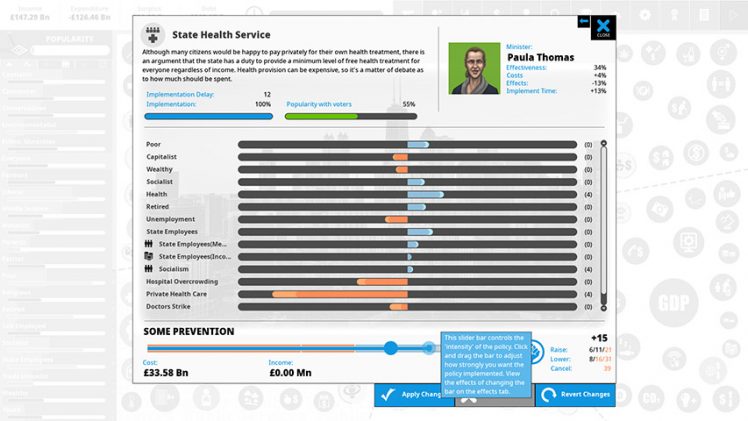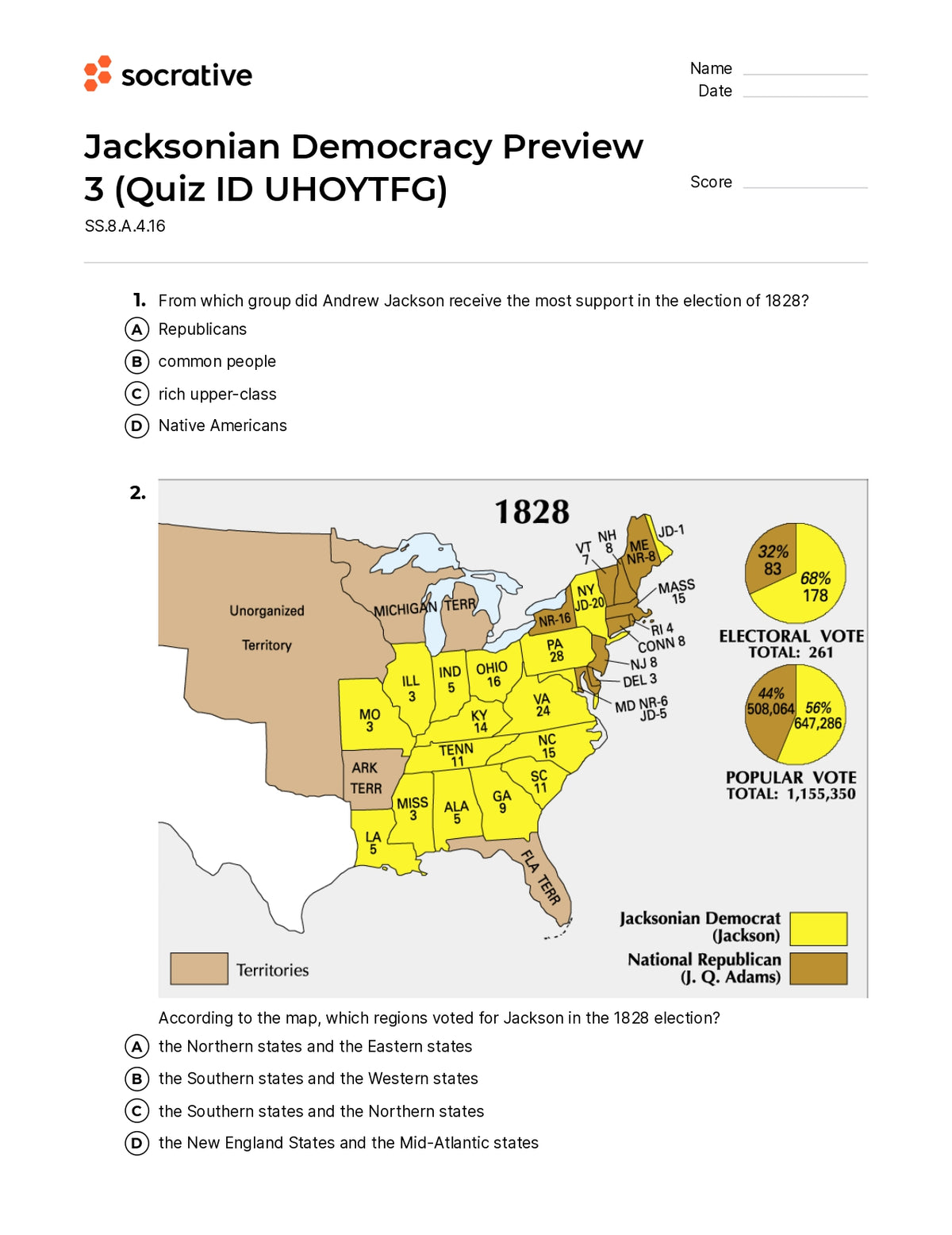
The financial/social cataclysm beginning in 2007 ended notions of a “great moderation” and the view that capitalism had overcome its systemic tendencies to crisis. To highlight the move to engaging with and creating new institutions, we introduce the notion of institutioning. The case study descriptions unpack how various institutional frames inform PD processes and how, conversely, PD processes inform various institutional frames: metacultural frames, institutional action frames and policy frames.

Our argument is drawn from a study of literature on the role of institutions in relation to PD and the public realm and our experience as participants in an EU-funded research project. We argue that a unilateral focus within PD and Co-Design on the micro-political scale of fieldwork obscures interactivity with institutional framing processes, undermining their potential as sites of critique and political change. In this introductory article to the special issue ‘Co-Design and the public realm’, we discuss a common interest in how meso- and macro-political institutional contexts frame and are informed by Participatory Design (PD) and Co-Design processes. We also discuss the role of prototyping as a way to explore opportunities but we also highlight dilemmas. The activities that are carried out are aimed at building long-term relationships with stakeholders in order to create networks from which design opportunities can emerge. Coming from a participatory design tradition, we focus on the idea of infrastructuring as a way to approach social innovation that differs from project-based design. Through a specific case, this paper will discuss and suggest some approaches and concepts related to design for social innovation. While different initiatives have demonstrated how design can be a powerful approach in social innovation, especially when it comes to systemic thinking, prototyping and visualising, some concerns have been raised regarding the limitations of applying design in this field. One of them is social innovation, which is aimed at developing new ideas and solutions in response to social needs. Design methods and tools have also been applied in new fields. Democracy 3 also models the global economy, including credit rating agencies and debt interest levels, as well as the impact of global events on your country.During the past five years design has been recognised as a powerful innovation driver.
Democracy 3 tutorial series#
A series of equations within the game allows the same policy to have radically different effects on each voter group at different points in the slider, so some voters may be indifferent to a policy unless it reaches extreme levels, for example.

A 'focus group' feature lets you look at individual voters and see exactly how they came to a decision to vote for you (or not!).Įach policy (or law) in the game has a slider which allows you to fine tune it's intensity to get the balance just right. Convert your country to religion, or atheism, to capitalism, or socialism by careful and nuanced adjustment of your policies and laws over time. Not only this, but the extent to which they identify each of those groups is both variable, and can be affected by your policies in the long term.


They might be a young, wealthy, liberal socialist commuter, or a retired conservative religious capitalist, for example. Your trade policy may affect GDP, which will affect unemployment, which will effect poverty, and thus crime, leading to a change in tourism, which affects GDP…Įach individual voter is a mixture of a subset of the 21 different voter groups represented within the game. A simple iconic-based view of your countries issues allows you to 'drill-down' through all the relationships between policies and voters to quickly analyse the impacts of your decisions. This is the most sophisticated political strategy game ever created.ĭespite being vastly detailed under-the-hood, Democracy 3 has a unique user interface that makes visualising the connections between laws, policies, voters and situations easy. Each voters income is modelled, along with their levels of complacency and cynicism. A custom-designed neural network is used to model individual voters, each which varying memberships of voting groups, political parties and pressure groups. Crime, Unemployment, National Debt, Terrorism, Climate Change.Have you got the answers to the problems that face western industrialized nations? Here is your chance to find out…ĭemocracy 3 simulates the motivations, loyalties and desires of everyone in the country. Have you ever wanted to be president? or prime-minister? Convinced you could do a better job of running the country? Let's face it, you could hardly do a worse job than our current political leaders.


 0 kommentar(er)
0 kommentar(er)
